

On October 17, the AICE 2025 SMM (14th) Aluminum Industry Annual Conference, hosted by SMM Information & Technology Co., Ltd. (SMM), successfully concluded in Zhengzhou, Henan.
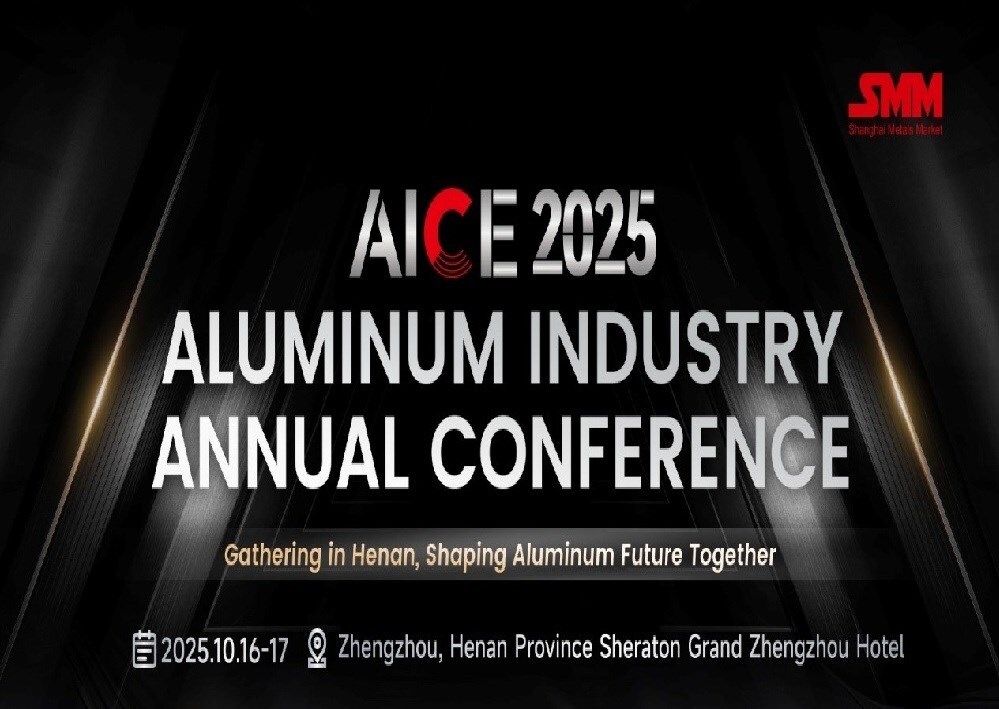
The conference brought together renowned experts, scholars, and prominent enterprise leaders from the global aluminium industry. They shared insights on hot topics including:
"Restructuring of the Global Bauxite Supply Chain: Resource Nationalism vs Multinational Capital Game"
"Analyzing the Impact of Bauxite Mining Policy Changes and New Alumina Capacity on Supply-Demand Balance and Prices"
"Navigating the New Reality: The Evolving Role of Private Mining Companies in Guinea's Bauxite Sector"
"Low-Carbon Aluminum Premium: Policy, Cost, and Global Competition"
"Reflections on Ensuring Industrial Security in China's Aluminum Industry"
"Opportunities in Global Bauxite Development and Investment in Alumina and Aluminum"
"Breakthrough and Reconstruction: Transformation of Aluminum Trade Models and Innovation in Processing Trade Practices Driven by Policies"
"Green and Low-Carbon Alumina Technology: Practices and Prospects"
"Review of China's Aluminium Industry in 2025 and Trend Outlook for 2026"
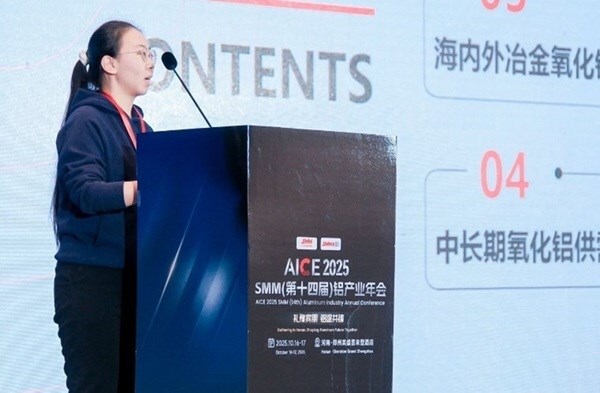
Mingxin Guo, SMM Senior Analyst, provided an in-depth analysis of the impact of mineral policy changes and new alumina capacity on the supply-demand balance and prices. When discussing the global alumina supply-demand balance trend and price movements, she stated that SMM expects China, as the world's largest producer and consumer of alumina, to see its alumina demand growth constrained by the compliance ceiling on aluminum capacity.
The current overcapacity situation in alumina continues.
Against the backdrop of China's alumina import window remaining open, there is a possibility that China may gradually transition into a net importer of alumina, and alumina prices could remain under pressure.
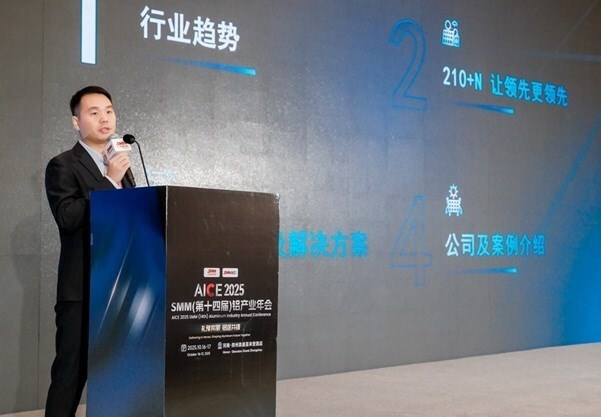
Binbin Pan, China Distribution Technical Service Manager, TrinaSolar Co., Ltd., stated that China's aluminum processing industry is mainly concentrated in coastal areas and the central-western regions.
Representative enterprises in China's aluminum processing industry by province mainly include:
Shandong—Nanshan Aluminum, Weiqiao Group; Henan—Mingtai Aluminum, Zhongfu Industrial; Guangdong—Xingfa Aluminum, Fenglu Aluminum; Xinjiang—Tianshan Aluminum, Shenhuo Aluminum; Guangxi—Nannan Aluminum, Hualei New Materials, etc.
In 2024, the top five regions by aluminum semis capacity were Shandong, Shanxi, Guangxi, Henan, and Guizhou.
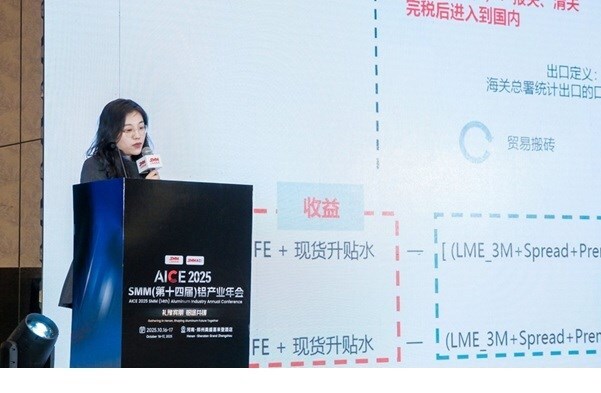
Keira Yu, Senior Manager of Copper and Aluminum Research at SMM, shared insights on the topic "Transformation of Aluminum Trade Models and Innovation in Processing Trade Practices Driven by Policies."
Overseas aluminum demand is expected to remain relatively robust, with local enterprises in North America offering more competitive advantages, driving further growth in primary aluminum demand. The Middle East, benefiting from active infrastructure investment, is expected to see steady growth in primary aluminum demand before 2030. In India, driven by sectors such as power, construction, and packaging, primary aluminum demand is projected to continue growing.
Don't miss out- Buyers are looking for your products on our B2B platform
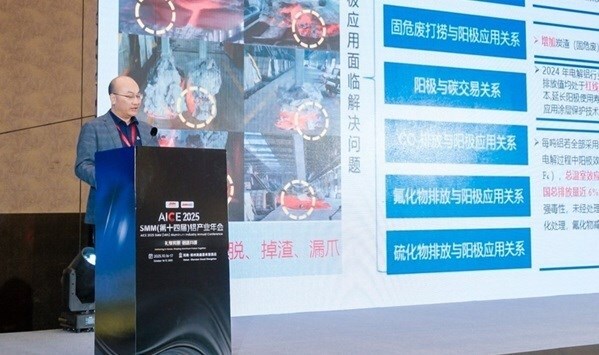
Guohai Chang, Chairman and Chief Engineer of Guizhou Jingyao Inorganic Materials Co., Ltd., while sharing on the topic "Application Potential of Anode Surface Coating Technology in Aluminum Production and Pathways for Green, Low-Carbon Development," stated that China accounts for over 60 per cent of global aluminum production.
With the advancement of China's "dual carbon" goals, the aluminum industry is facing stringent energy consumption and emission restrictions, necessitating urgent upgrades to traditional production models. Coating protection technology can significantly reduce carbon electrode consumption and carbon emissions, thus, driven by policy, its market demand will continue to grow.
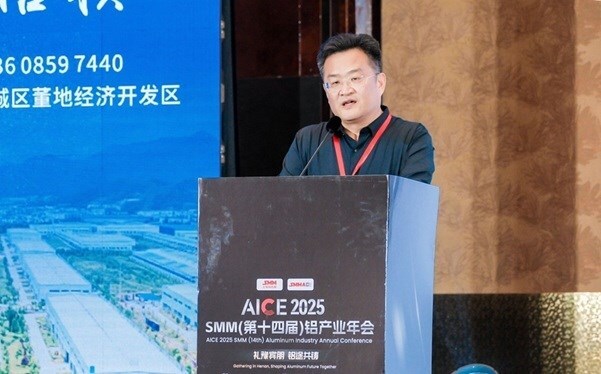
Hongjun Dong, Professor-Level Senior Engineer at Chalco's Red Mud Comprehensive Utilization Technology Center, shared an analysis report on high-iron red mud roasting technology.
After comparative analysis, he indicated that the blast furnace method/oxygen-enriched side-blown melting furnace has high energy consumption, with the blast furnace method having large capacity and the oxygen-enriched side-blown method having small capacity; the reducing agents both include coal gas and pulverized coal, investments vary, and the main challenges are insufficient coal gas recovery rate for the former and difficulty in reconstructing the slag type of high-alumina materials for the latter.
The characteristics of gas-based hydrogen reduction shaft furnace/rotary hearth furnace are:
This article has been issued by SMM and has been published by AL Circle with its original information without any modifications or edits to the core subject/data.
Responses








